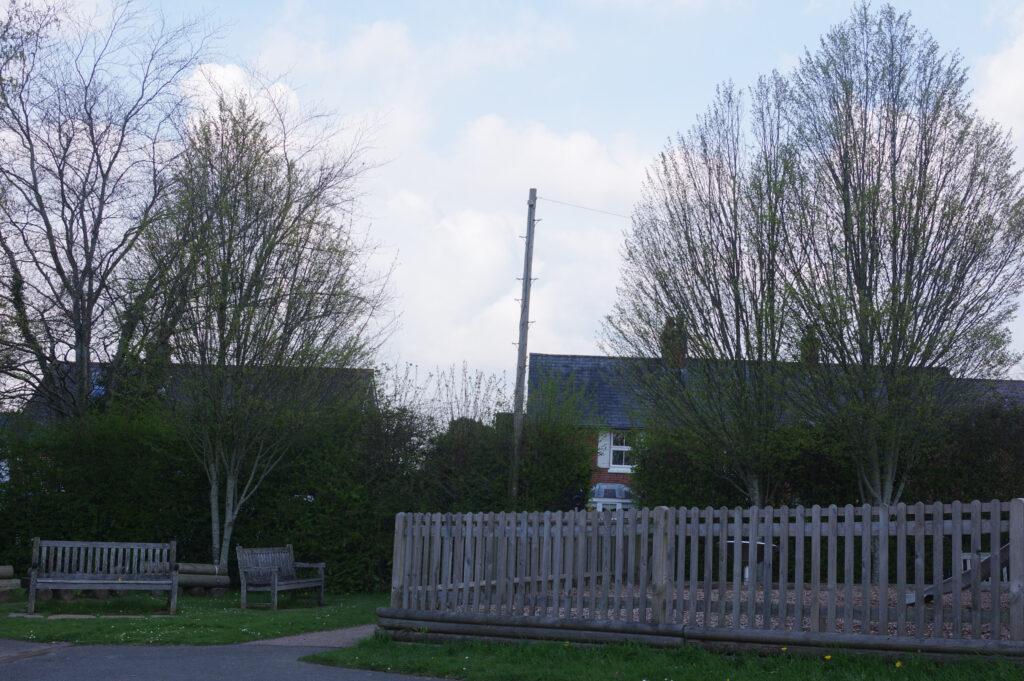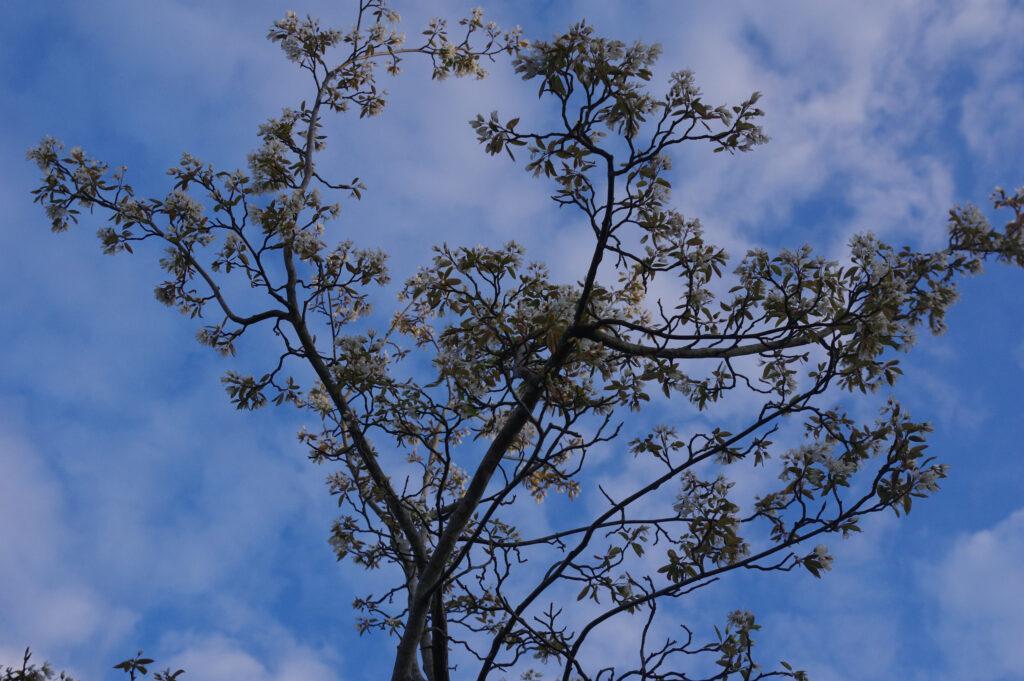New tree planting can be in the form of individual specimen trees, such as in street trees. Or, tree planting can be in Public parks (see photo above), other Public open spaces and large estates or private gardens; trees may be planted in small groups, or tree planting can be as a mass planting, such as in new woodland planting.
Tree planting can be used to develop a landscape character of a site, to provide shelter, to screen undesirable views, to offset carbon and to attract wildlife; trees can be vital in making green infrastructure networks.
Good site preparation is important. Choose your site carefully. Choose suitable trees for existing site conditions. If possible, avoid planting on very wet ground or or in deep shade where trees will find it hard to establish. (Landvision can advise you on types of tree for difficult sites if required.)
Careful handling of trees is vital prior to planting. It is essential to;
- Prevent drying out of the roots; if immediate planting is not possible; heel the trees in to a trench to keep the roots moist, or for short periods in storage put the trees into plastic bags or cover the roots well with hessian sacks to keep them moist.
- Protect and keep as much of the fibrous root system roots on the tree as possible.
- Sensitivity of landscape and Visual receptors.
- Zone of Visual Influence (ZVI.)
- Do not damage the roots, break stem tops or strip bark form the stem or roots.
- Maintain good air circulation around the whole tree and prevent over heating of the tree. Conifers and the leaves of evergreen trees, in particular should be kept cool; heat generated by bacteria and micro-organisms can severely weaken the trees if they become warmed between lifting and planting.
The size of tree will determine whether it is planted as a bare root or a root balled tree.
Seedlings, transplants and whips are all small trees and can be lifted as bare rooted plants. That is, with no ball of soil around the roots. The timing of planting in the UK of bare root stock is limited to between November to March, as these trees need to be planted whilst dormant, that is, whilst they are not in leaf. Lifting small bare root trees takes care and the trees will need to be stored carefully out of sun or wind, in a cool shed until they are planted.
Tree Planting Pits.
The size of tree planting pit will depend on the size and type of tree. The two main types of planting are Pit planting and Notch planting.
For pit planting; dig a pit which runs around the drip line of the outer branches of the tree; this will allow the roots to be housed in the new pit- without causing any damage to them whilst planting.

Tree planting; Conifers and Larger Trees.
Small conifers can be planted bare root, but larger Conifers should be planted with a root ball. Conifers are best planted in the UK in the early Spring when the weather is beginning to warm up.
For larger bare root trees, even more care is needed than with smaller specimens; especially when the trees are taller. Broadleaved trees can be planted bare root, but are more safely transplanted and grow well if planted with a ball of earth around the roots.
The limiting factor when transplanting a larger tree is the size of the root ball, as this is heavy and can be tricky to manoeuvre into place, but needs to be large enough to safeguard the tree roots. The maximum weight of tree root ball is about 115 kg or 250 lb – above this weight a root ball is hard to move into place safely.
Tree Planting; weather.
The weather conditions at planting time are important. If the root ball is dry, water it for 2 days before planting.
If the weather is very wet, the soil becomes heavier and so planting is much harder with a wet root ball in wet conditions; so, postpone the job until the weather is suitable for planting.
Limbs which may get in the way should be tied up or pruned; they can be wrapped in Hessian and tied up to the main stem to prevent rubbing and bark damage to the main stem.
Trees with a large crown may require pruning, so that the demands of the branches and leaves on the root system are reduced.
Avoid lifting any trees in hot sun or in windy weather as this will dry the trees and cause stress.
For advice on tree planting go to Landvision Contacts page; call Landvision / email us any queries

